Difference Between Relay and Contactor


About Relays and Contactors
Contactors and relays are vital in electrical systems, acting as switches to manage power flow. Despite their similar basic functions, distinguishing between a contactor and a relay can be confusing. Both are used for load switching and are components of an electrical circuit that responds to the applied load. Choosing the wrong type of electrically operated switch for a specific application can lead to significant financial loss and damage to the electrical circuit. A thorough grasp of the basic principles and technical details of contactors versus relays is crucial for making well-informed choices in the design and maintenance of electrical systems.
What is a Relay?
Relays are the switches that aim at closing and opening the circuits electronically as well as electromechanically. It controls the opening and closing of the circuit contacts of an electronic circuit. When the relay contact is open (NO), the relay isn’t energized with the open contact. However, if it is closed (NC), the relay isn’t energized given the closed contact. However, when energy (electricity or charge) is supplied, the states are prone to change.
Relays are normally used in the control panels, manufacturing, and building automation to control the power along with switching the smaller current values in a control circuit. However, the supply of amplifying effect can help control the large amperes and voltages because if low voltage is applied to the relay coil, a large voltage can be switched by the contacts.
What is a Contactor?
A contactor is an electromechanical device that regulates the electrical current in high-power settings. It is composed of three primary parts: a coil, contacts, and a housing. The coil, when activated, produces a magnetic field that pulls the contacts together, closing the circuit and enabling current to pass through the electrical load it controls.
Operation of Relay and Contactor
A relay is a type of electromagnetic switch which is operated based on the current change in a circuit. When an overload condition is detected in a circuit, it will trigger the electromagnetic armature of the relay to close or open depending on the configuration.
The operating principle of the contactor is similar to the relay; the current flowing through the contactor energizes the electromagnet. When an overload is detected in the electrical circuit, the energized electromagnet then creates a magnetic field. This causes the core of the contactor to move the armature to an open position, thus cutting the flow of power in the circuit.
Comparison between Relays and Contactors
There are several differences among relays and contactors, however, some basic and common differences among them are discussed below.
| 1. Load Capacity |
The first difference among a relay and contactor is that both have different load capacities. Relays are used with electrical loads at a range of about 10 amperes or less, while a contactor load capacity is greater than 10 ampere. |
| 2. Open / Closed Contact Standards |
The second difference is that relays are designed to operate in both ways i.e. in normally open or normally closed as per function demand. While contactors are designed to operate in a normally open configuration. This can be summarized as when the contactor is triggered there is no connection of contactor with circuit while a relay can have a connection or not have a connection with circuit when triggered as per the configuration of the relay in a circuit. |
| 3. Auxiliary Contacts | In contactors, auxiliary contacts are used to perform a different function that is linked to controlling the contactor. Auxiliary contacts for a contactor can be normally open or normally closed as per requirement. |
| 4. Safety Features |
The safety features in relays and contactors are different as per the power of each device. Spring-loaded contacts are used to ensure that the circuit is tripped or opened in case of any over-circuit condition to reduce or prevent damage to electrical devices. Relays are used in circuits that have load capacity equal to or smaller than 10 amperes, so spring load contacts are not commonly seen in relays due to their low load capacity. On the other hand, contactors have load capacities greater than 10 amperes which means that they can carry higher loads. As higher loads are carried by contactors, spring-loaded contacts are used to ensure the circuit is broken when it is de-energized due to an overload condition. In circuits that have higher loads, the contacts of contactors are welded together, and it can result in a dangerous scenario as in case of an overload condition the circuit will not be opened to eliminate this scenario spring-loaded contacts are using.
|
Applications of Relay and Contactors
Relays are developed to be used in various single-phase networks thus they have single-phase applications while the contactors are developed to be used in three-phase networks. Different kinds of relays are used in different circuits for different applications while some conventional applications of relays are:
- Automotive Applications
- Motor Control
- Industrial Applications
- Controlling Power Loads
Contactors have also different categories and while there are numerous applications of contactors, some common applications are listed below:
- Motor Starters
- Capacitor Banks Switching
- Lighting Control
Relay and Contactor Products
At ElectGo, we offer wide range of relay and contactor products from various brands.
Frequently Asked Questions (FAQ)
1. Can I use a contactor in place of a relay?
While relays and contactors operate on similar theories, they are designed for specific uses in industrial circuits and are not interchangeable.
2. What is the purpose of the contactor?
A contactor is an electrical switch that is designed to open and close a circuit repeatedly. It is typically used in applications that require the switching of higher currents, in contrast to standard relays, which are used for switching lower currents.
3. Do I need a relay or contactor?
It depends on your needs. Relays are used with electrical loads at a range of about 10 amperes or less, while a contactor load capacity is greater than 10 ampere.
Have a question?
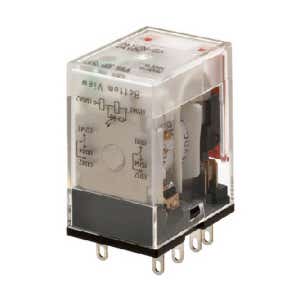

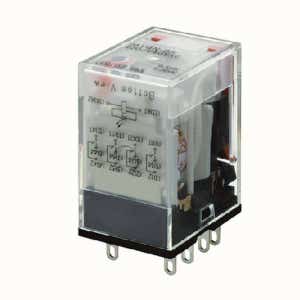
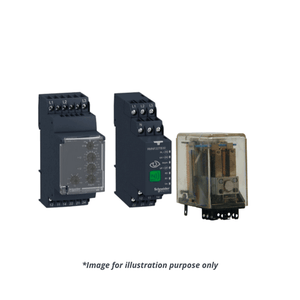

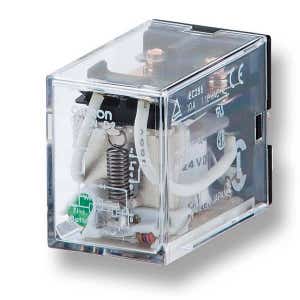


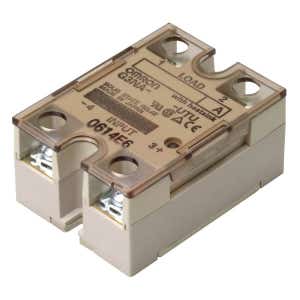
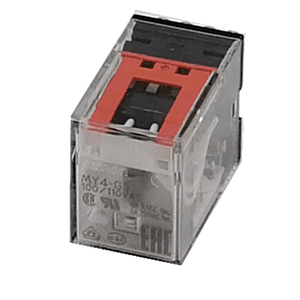


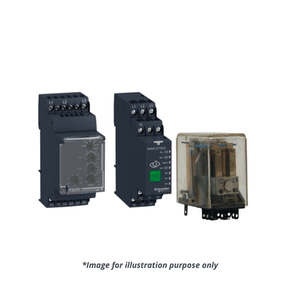
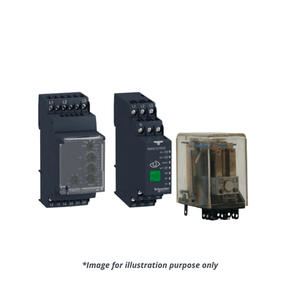
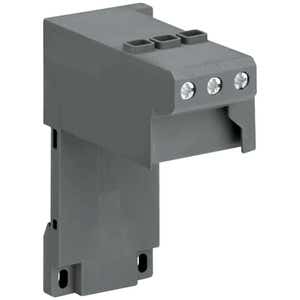

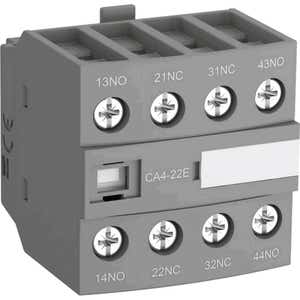
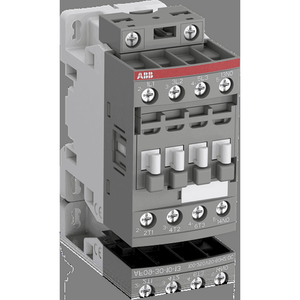

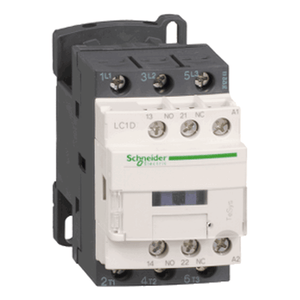
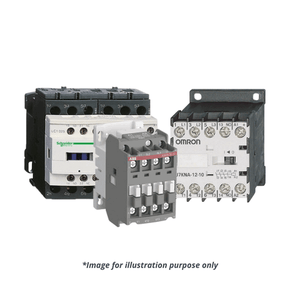
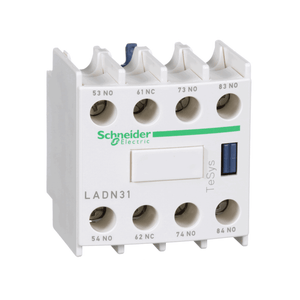
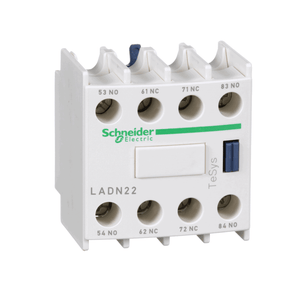
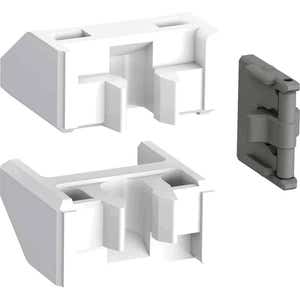
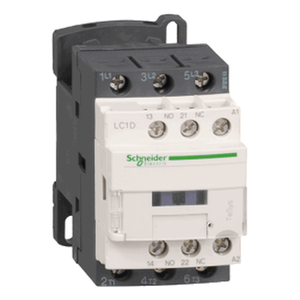
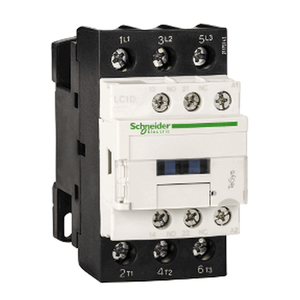
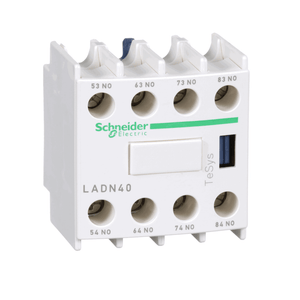
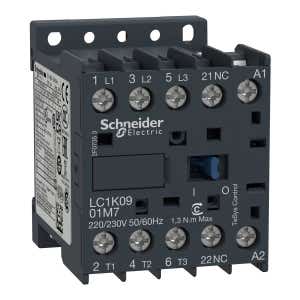
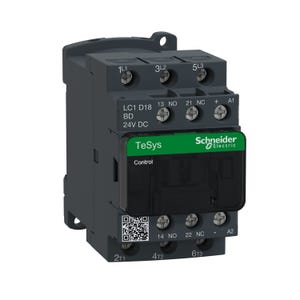
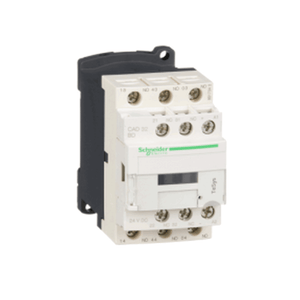


Share this article on social media